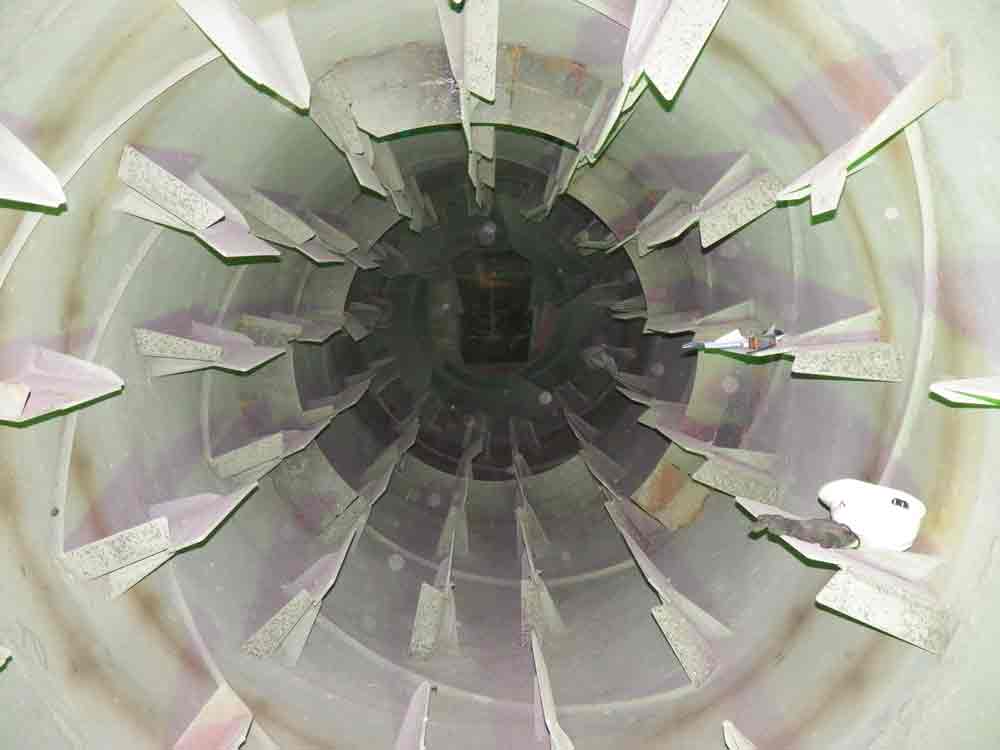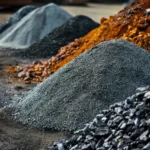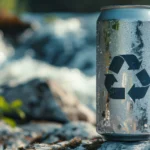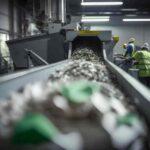In the world of recycling, the efficient and environmentally friendly processing of scrap aluminum and cans is paramount. To address this challenge, a groundbreaking solution has emerged – the Decoating Process. This revolutionary method offers an innovative approach to unlock the full value of aluminum scraps and cans, while simultaneously promoting sustainability and reducing environmental impact. In this comprehensive guide, we will explore the intricacies of the Decoating Process, its benefits, and why it is gaining significant attention within the recycling industry.
Understanding the Decoating Process
What is decoating? The Decoating Process is a cutting-edge technology that involves the removal of coatings from scrap aluminum and cans, allowing for the recovery of pristine aluminum and facilitating efficient recycling. This process utilizes advanced techniques to eliminate contaminants, such as paint, lacquer, or plastic coatings, resulting in high-quality aluminum suitable for various applications.
All coatings contain organic or inorganic compounds and very often both. When released by thermal degradation and/or oxidation, they invariably undergo chemical changes as the complex compounds are reduced to their basic form. For example, polypropylene is reduced to carbon monoxide, carbon dioxide, hydrogen, and water vapor.
GME’s De-coater: Hi-temperature de-coating system for aluminium recycling
Our technological process is based on a pyrolytic system to pre-treat UBC removing the organic part onto Aluminium such as paint, oil, grease, plastic to be re-used as fuel for smelting phase, reducing:
- Natural Gas consumption
- Production of Residuals
- Time To Recycle (TTR) by using Pump Transferring
technology to move molten metal scraps
MAIN FUNCTIONS
- No oxidation of the scraps during the whole process, complete burning of the organics with full recovering of the heat produced
- For Scraps with organics over 5%, the process would not use natural gas
- Standard consumption of Natural gas between 20 to 28 Nm3/ton scraps charged
- High yield fusion of De-coated product, comparable to the melting of clean metals (bullion).
- No environmental pollution during melting process
New Feautures De-Coating Key Points
AUTO-THERMAL PROCESS
- UBC, Profiles, Lithographic overlay, Laminates and Chips are full of oil, solvents and carbon residues called Organics
- Organics are Carbon base gasified substances that are combusted at 550°C in the Kiln
- Combusted carbon gases move to the After-burner in a Oxygen, Pressure and Temperature controlled zone
- Gases are now transformed into Natural Combustion Carbon Fossil
- Natural Carbon Fossil are filtered and resent in the Kiln to heat the scraps again WITHOUT USING THE BURNER in closed-loop
OVERSIZE SCRAP ALLOWED
- Input size allowed up to 250 mm
- The Decoating Kiln is designed with a special GME shape paddle to optimize the scramble and skim of the scrap and to remove efficiently the totality of the organics presence
- The More The Better! Thanks to the oversize scrap input, the system has a major organics laps effect on the surface and therefore a major organics evaporation (= more natural fuel)
- Less energy consumption in the Shredding phase as there’s no need to “polverize” or heavily reduce the size of the scrap
- Less Natural Gas consumption thanks to the elevated presence of organics in the process
ZERO OXIDATION
- During the Decoating phase, the process algorithm is engineered to heat quickly the surface of the coated scrap to enhance the molecular decomposition and evaporation of the organic agents that provoke oxidation
- Thanks to the special GME shape paddle, the metal oxides contained in the paint through the friction during mixing is also detached from the surface and sent toward the after-burner
- At the end of the drum, the scrap warm and clean (shiny) proceed to the screening to removes any possible oxide and inert powders or aluminum fines present in the scrap
- All the exhaust gasses are detected from the control valves and sent back to the after-burner for the complete deoxidation
- The result is a shine, bright and white scrap with zero presence of oxidation
Decoating & Melting line & Melting line
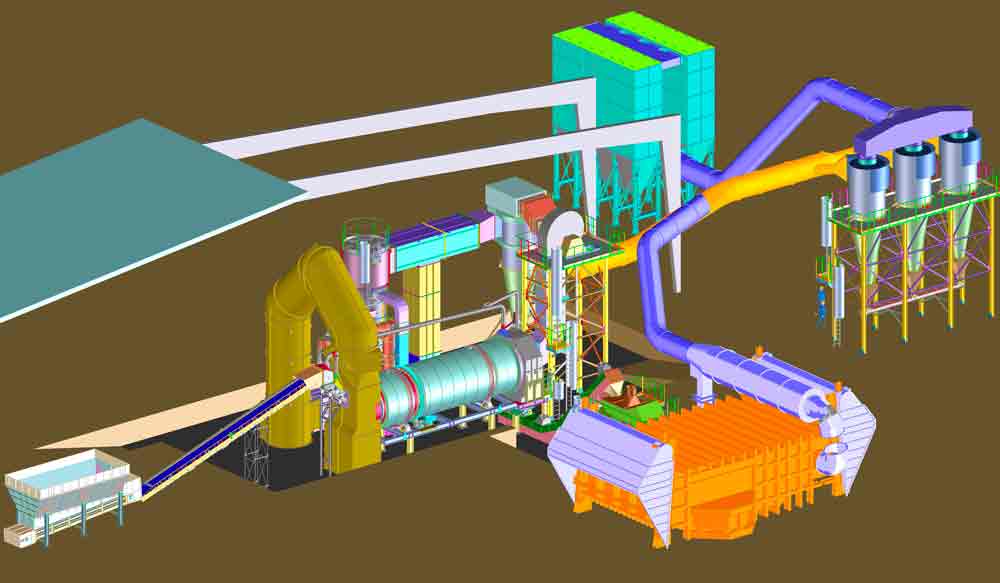

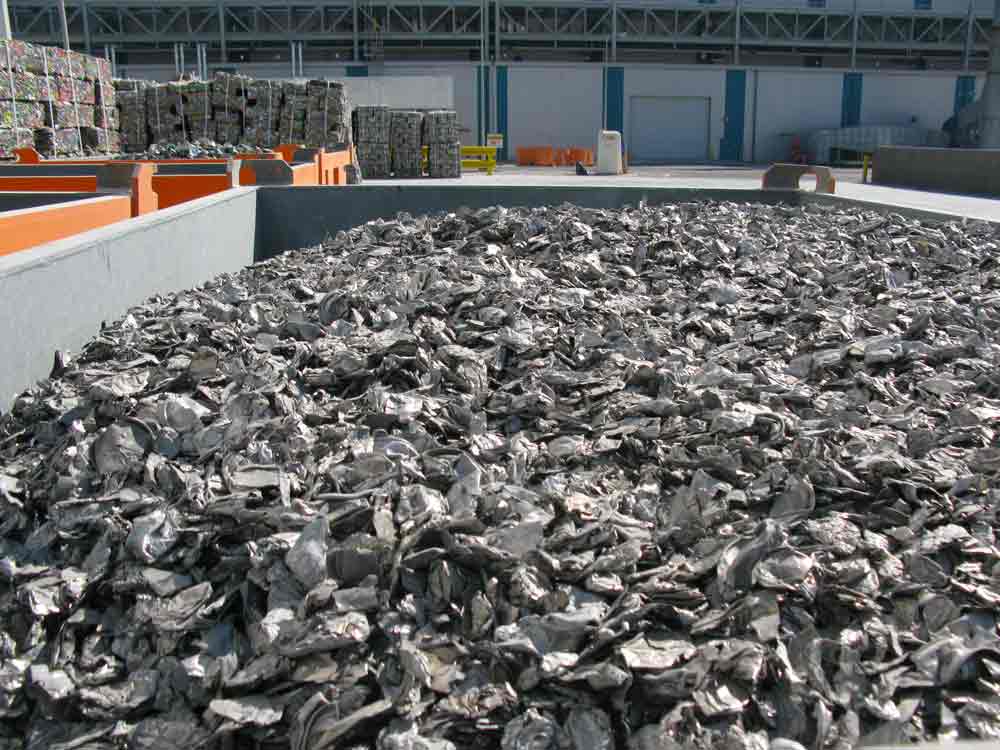

Unlocking Value
By employing the Decoating Process, recyclers can unlock the full value of aluminum scraps and cans. The removal of coatings enhances the purity of the aluminum, enabling it to be reused in manufacturing processes, including automotive, aerospace, construction, and packaging industries. The high-quality aluminum obtained through the Decoating Process commands a premium in the market, leading to increased profitability for recyclers.
3 main benefits of decoating process
1. Reduced Metal Losses:
One of the primary economic advantages of implementing the Decoating Process is the significant reduction in metal losses. Decoating plays a crucial role in maximizing aluminum recovery. Without decoating, directly melting coated scrap aluminum would result in substantial metal loss. By removing the coatings, such as paint, lacquer, or plastic, from the aluminum, the Decoating Process ensures a higher yield of pristine aluminum that can be efficiently recycled, minimizing metal losses and maximizing the value of the material.
2. Increased Plant Safety
Introducing a decoating process into aluminum recycling operations also enhances plant safety. Dirty scrap aluminum often contains trapped water, which poses a risk of explosion when melted directly. However, by incorporating the Decoating Process, the risk of catastrophic explosions caused by trapped water is eliminated. While potential hazards from gas canisters still exist, the elimination of trapped water significantly reduces the overall safety risks within the plant environment, promoting a safer working atmosphere for employees.
3. A Broader Range of Acceptable Scrap:
Decoating offers the advantage of enabling the processing of a broader range of scrap types, providing companies with greater flexibility in a fluctuating market. The ability to handle different types of coated scrap allows recycling operations to adapt to changing supply availability and market demands. By expanding the range of acceptable scrap, the Decoating Process increases operational efficiency and improves the bottom line for aluminum recycling companies, enhancing their competitiveness and profitability.
Advantages for Recyclers
Implementing the Decoating Process provides recyclers with a competitive edge. By offering high-quality, decoated aluminum, recyclers can attract a broader range of customers, including industries that demand pristine aluminum for their manufacturing needs. This expanded customer base leads to increased business opportunities and improved revenue streams.
- Cost-Efficiency:
The Decoating Process also offers significant cost-efficiency advantages. By removing coatings from aluminum scraps and cans, recyclers can eliminate the need for complex and costly separation techniques. Additionally, the recovered aluminum can be processed more efficiently, reducing labor and energy expenses associated with downstream recycling processes.
- Industry Applications:
The decoated aluminum obtained through this process finds applications in various industries. Automotive manufacturers utilize decoated aluminum for lightweight body panels, reducing vehicle weight and improving fuel efficiency. The aerospace industry benefits from decoated aluminum in aircraft components, enhancing performance while reducing fuel consumption. Additionally, decoated aluminum is ideal for construction projects, packaging materials, and other sectors that demand high-quality, sustainable aluminum.
The Decoating Process represents a significant breakthrough in the recycling industry, offering a game-changing solution for scrap aluminum and cans. By unlocking the full value of aluminum scraps, promoting sustainability, and reducing environmental impact, this revolutionary technique is reshaping the way we approach recycling. By adopting the Decoating Process, recyclers can enhance profitability, attract new customers, and contribute to a more sustainable future. Take the first step towards a brighter and greener recycling industry – learn more about the Decoating Process today!
Promoting Sustainability
Sustainability is a crucial aspect of modern recycling practices, and the Decoating Process aligns perfectly with this goal. By efficiently removing coatings from aluminum scraps and cans, this process facilitates the recycling of materials that were previously considered challenging to process. The recovered aluminum can be reintroduced into the production cycle, reducing the need for virgin resources and minimizing the carbon footprint associated with aluminum extraction and production.
Environmental Benefits
The Decoating Process significantly reduces the environmental impact of recycling scrap aluminum and cans. Traditional methods often involve energy-intensive processes that release harmful emissions. In contrast, the Decoating Process requires lower energy consumption and produces fewer emissions, contributing to a cleaner and greener recycling industry.
Comments are closed.

